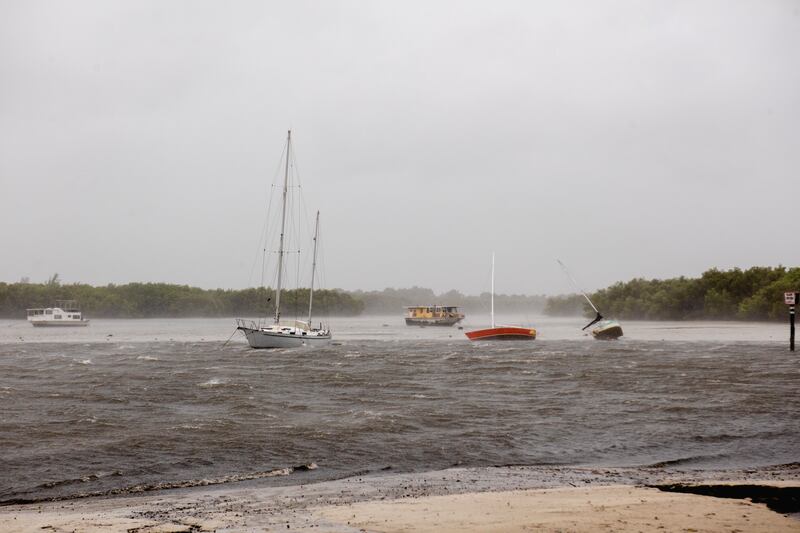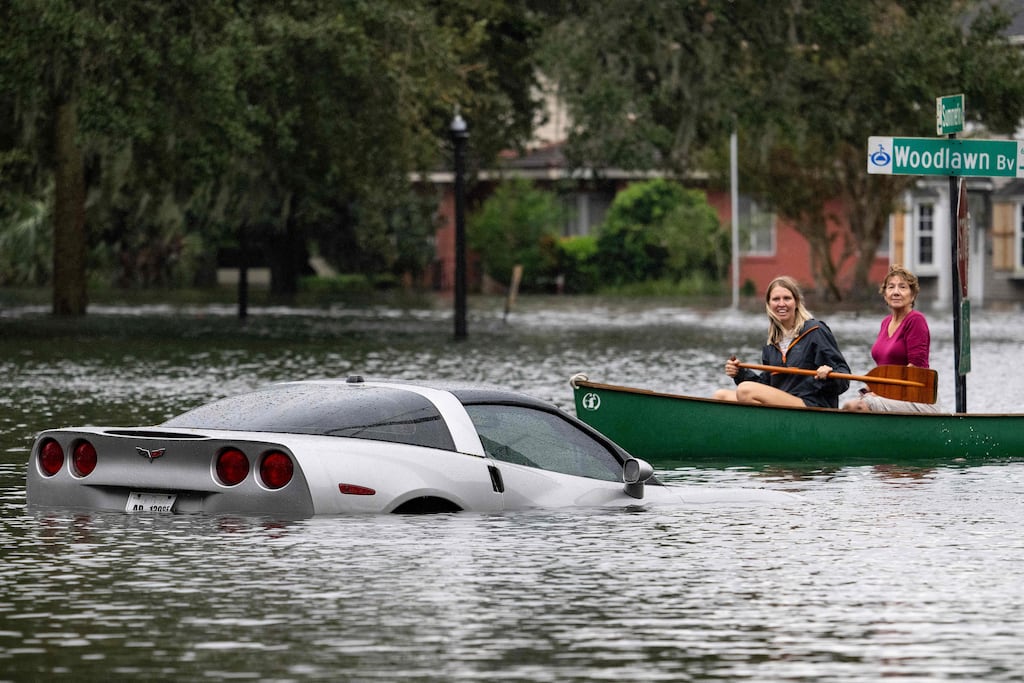‘Substantial’ casualties are feared as a result of Hurricane Ian, which has pummelled Florida over the last couple of days, US president Joe Biden has said.
The storm, one of the most powerful ever to hit the state, has left a swath of destruction in its wake. More than 2.6 million people across Florida were without electricity at Thursday lunchtime. The storm strengthened once again to hurricane force on Thursday evening as it approaches South Carolina from the Atlantic.
Following a briefing with the Federal Emergency Management Agency on Thursday, Mr Biden said: “This could be the deadliest hurricane in Florida’s history. The numbers are still unclear, but we are hearing early reports of what may be substantial loss of life”.
CNN reported that at least 15 people have died in connection with Hurricane Ian but the final toll of deaths and injuries is not known yet.
READ MORE
In Charlotte county on Florida’s south west coast six people died.
The Charlotte county commissioner Chris Constance told US broadcaster CNN: “Unfortunately, we do have six confirmed fatalities at this time. We have all of our crews out now, assessing damage, doing search and rescue. It’s the biggest catastrophe I have ever seen in my lifetime,”
Mr Biden declared a major disaster in parts of Florida due to the impact of the hurricane Ian, opening the way for several areas to receive federal aid.
He said his designation of Florida as a major disaster area would allow residents of affected areas to request up to $37,900 (€38,700) toward home repairs and another $37,900 for loss of items such as cars or other personal property.
He said four shelters had had to be evacuated due to structural damage sustained during the hurricane, and there was no running water in much of the county.
Among the areas worst affected by the storm were the cities of Fort Myers and Naples as well as barrier islands such as Sanibel.
[ Cars float on streets as ‘historic’ Hurricane Ian strikes FloridaOpens in new window ]
Florida governor Ron DeSantis said Sanibel on the south west coast “got hit with really biblical storm surge”.
“And it washed away roads. It washed away structures”, he said.
Part of the only bridge linking the island to the mainland was swept away by the hurricane. Mr DeSantis said Sanibel causeway and Pine Island bridge were “not passable and they are going to require structural re-builds”.
A 20m (65 foot) section of the bridge was reported to have broken off and fallen into the Gulf of Mexico.

The roof of a hospital intensive care unit in Port Charlotte in the south west of the state was torn off by the hurricane.
Mr De Santis said on Thursday morning that in some areas there had been significant damage to electricity infrastructure. He said two counties, Charlotte and Lee in south west Florida, were “basically off the grid at the moment”.
“Charlotte and Lee reconnects are going to likely have to be re-building of that infrastructure. Crews are on their way down right now, but that is going to be more than just connecting a power line back to a pole.”
Apart from storm surges in areas close to the coast, other locations across the state were affected by flooding caused by torrential rain with more than 50cm (20 inches) falling in some parts.
Ian was downgraded to a tropical storm on Thursday morning having hit the west coast of Florida as a category 4 hurricane on Wednesday afternoon, bringing winds of nearly 250km/h (150mph) and life-threatening storm surges.
The storm was expected to head out over the Atlantic Ocean after crossing across Florida. However, there are fears it could intensify again before it makes landfall in Georgia or South Carolina at the weekend.















